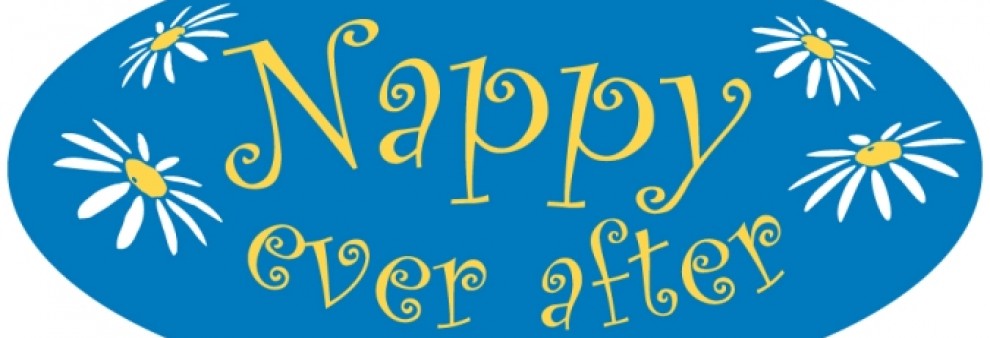When disposable nappies first entered the market they were not popular. It is SAPs (superabsorbent polyacrylate) that revolutionised single-use nappies. SAPs are the superabsorbent gel micro plastic pellets that you can see on your baby’s skin when you leave a disposable on for too long.
Before SAPs, single-use nappies were inferior in performance to cloth nappies. Basically the paper pulp of the nappy started disintegrating on baby’s bottom as soon as it started to get damp.
SAPs have incredible absorbency absorbing and holding a huge amount of liquid, relative to their size. SAPs can hold between 50 and 500 times their own weight, depending on the liquid they’re absorbing. In contrast, cotton and fluff pulp hold only 20 times their own weight.
So SAPs mean you can change your baby less frequently than you would change a baby wearing a cloth nappy. However, SAPs are the problem when it comes to nappy waste. They are basically urine saturated plastic, so when incinerated, because they are damp, they actually use energy in the burning process. ‘Recycling’ them is a water and energy wasting business. In landfill they absorb even more water. SAPs are the part of the nappy that prevents the composting of disposable nappies.
If we were serious about the environmental impact of disposable nappies we would ban SAPs from nappies. They could then be collected and composted quite easily. But then, disposable nappies wouldn’t have their USP and cloth nappies and SAP nappies would have a level playing field.
The advantage of this level playing field would be that parents/carers would get used to changing baby every 3-4 hours and more people would find cloth nappies have adequate absorbency. Another advantage would be that it’s likely that children would come out of nappies earlier because just leaving toddlers in nappies with infrequent changes tends to mean parents/carers tend to miss the ‘windows of opportunity’ of potty training and then making the transition to toileting independence bears the risk of becoming a trauma for parent and child.
There is a ‘window of opportunity’ NOW in the UK to reduce plastic waste. This is the time to talk about banning SAPs from nappies. If the UK government were to say they will be banned in 10 years time, this gives the disposable nappy industry time to adjust and gives a positive signal that cloth nappies are a good alternative.
At Nappy Ever After we want parents to know there is an alternative to single-use nappies. There has been much debate about the environmental advantage of cloth nappies over single-use nappies, due to the use of water, detergent and energy used to wash nappies. However what’s clear is that there is an undeniable environmental advantage to children coming out of nappies at the earliest opportunity. Toddlers and parents also benefit from a child gaining toileting independence.
But another advantage is that washing nappies puts you in touch with a community of people who talk about doing the laundry in the most eco-friendly way, we also talk about children gaining toileting independence through play, we also engage with issues around fast fashion, reuse and repair, buying and appreciating high quality second-hand clothing and toys. We also talk about composting and recycling. It’s about helping parents become less dependent on single-use products and more resourceful. As we parents are the ones raising the next generation, that seems like the most important reason for putting people in touch with their local reusable nappy supplier!
This is post five of a six part series leading up to Real Nappy Week 2018 (23-29 April.) Nappy Ever After, a not-for-profit real nappy social enterprise is 15 years old this year. Working in partnership with local authorities and parents, we have tested out the market for washable nappies in depth, through offering a local nappy laundry service and selling real nappies face-to-face. What we know is that recovering the culture of reusable nappies is slow, but a significant level of disposable nappy waste is reduced when a culture of real nappies thrives in local areas.

